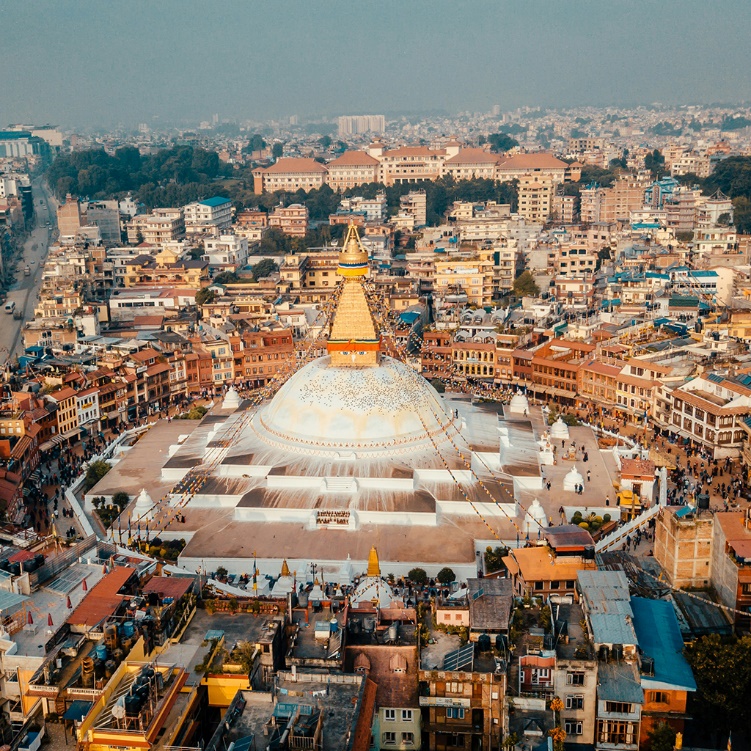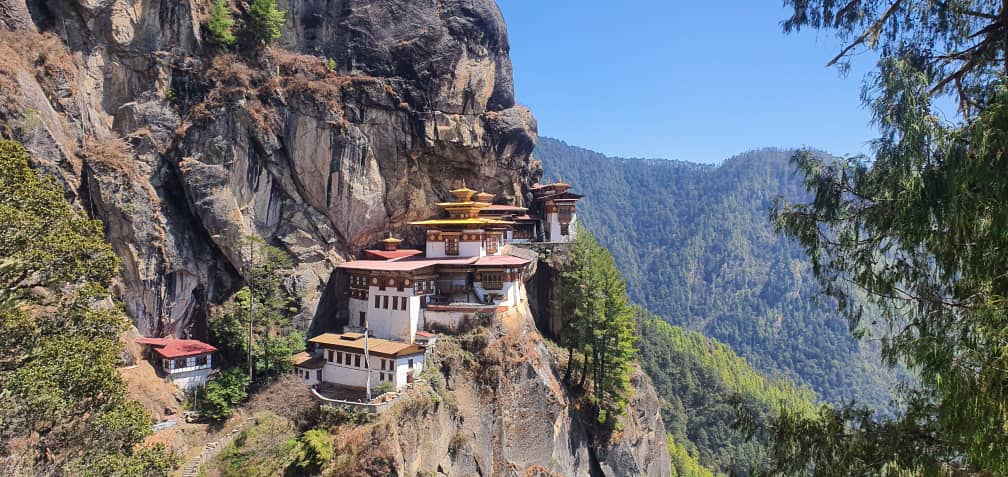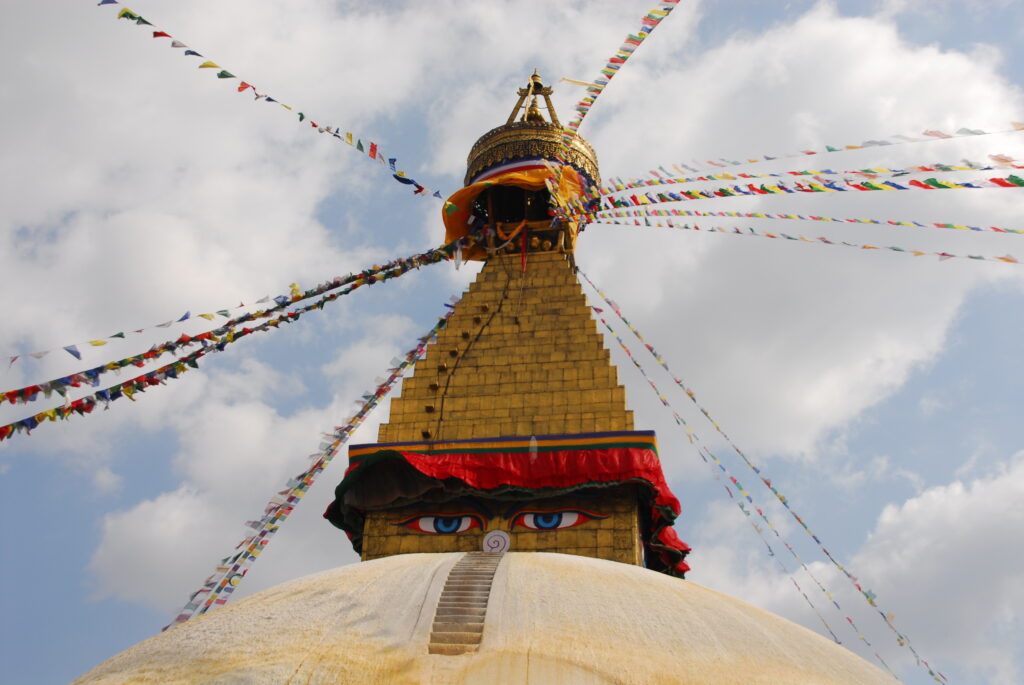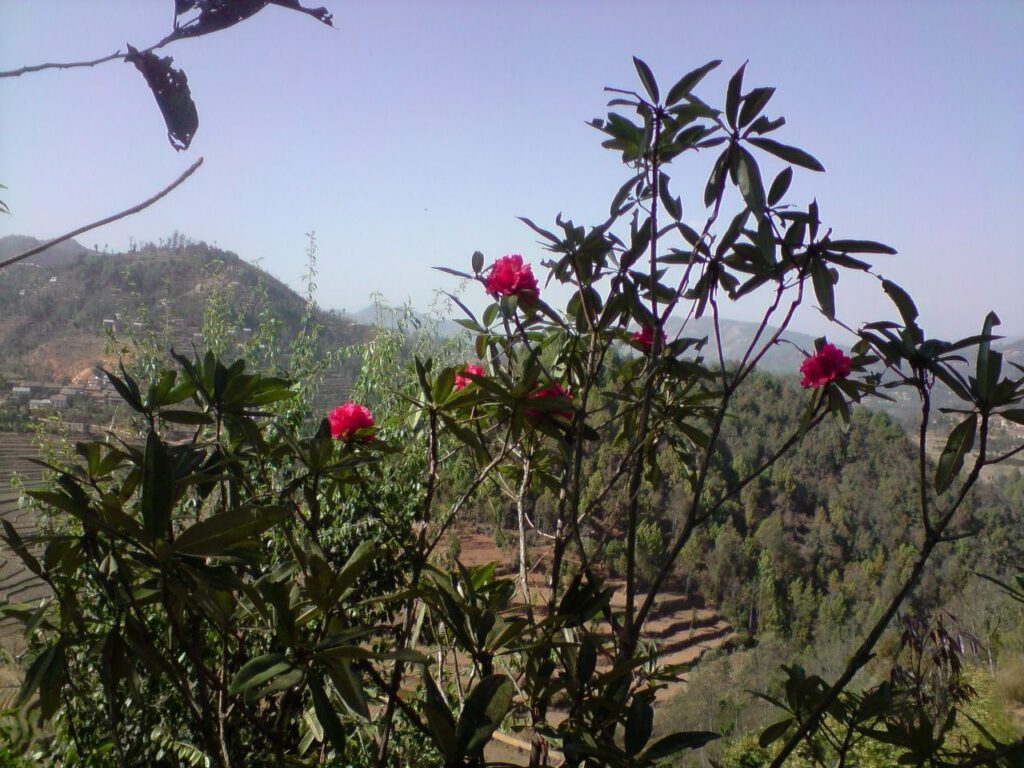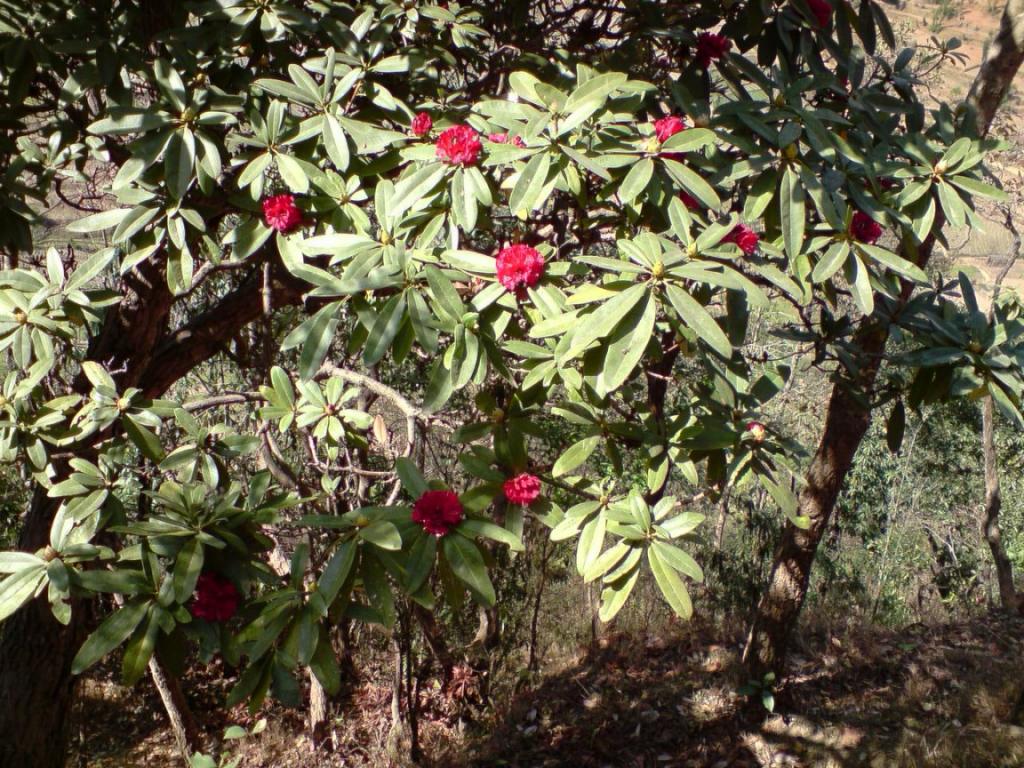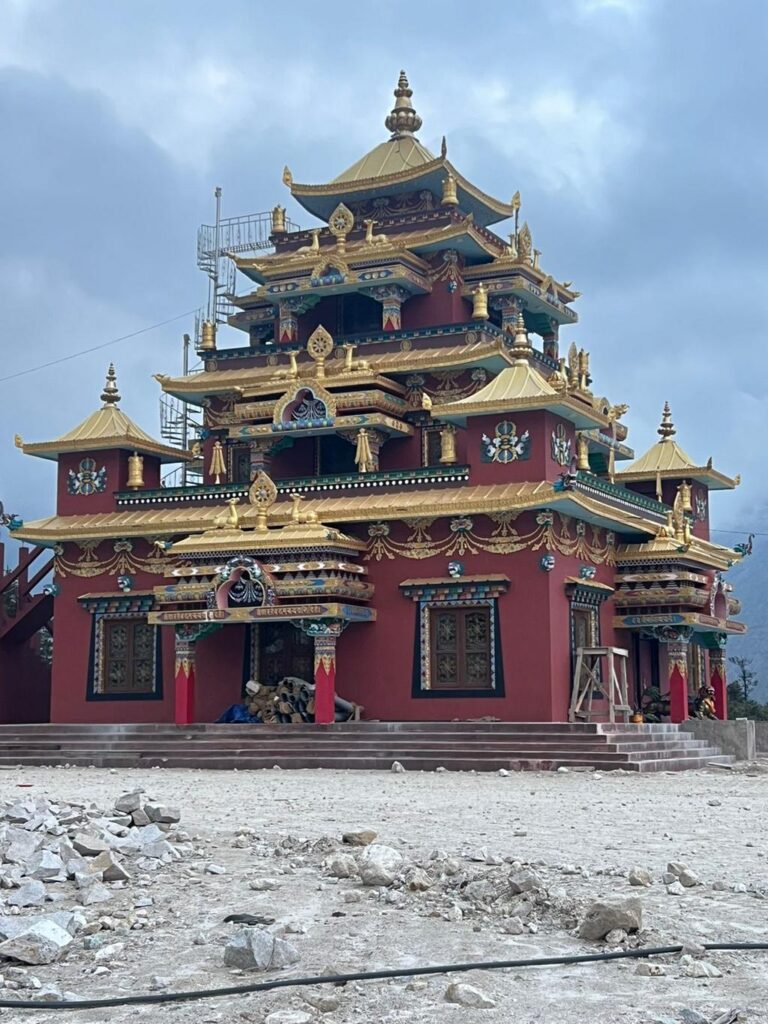
A UNESCO World Heritage Site located in the capital city Kathmandu, Pashupatinath Temple is one of the most revered spiritual sites for Hindus all over the world.
Nepal is the melting pot of different religious and cultural practices and a land of spiritual abundance, and the holy Pashupatinath Temple is the best representation of this abundance.
Regardless of your interests in spirituality and religion, if you have heard of Nepal as a trekker, you might have definitely heard about the brief mention of the Pashupatinath Temple.
Located in the bank of Bagmati River, this temple is not just a spiritual site but also a majestic display of marvelous architecture and a testament to the rich cultural heritage of Nepal.
Dedicated to Hindu deity Lord Shiva, this temple attracts millions of visitors every year. In this blog, we take you on a detailed journey through the rich history, architecture, spiritual significance, and cultural importance of Pashupatinath Temple.
Historical Background of Pashupatinath Temple
Origins and Legends
As the name of the temple suggests in the local language, the Pashupatinath Temple worships Lord Shiva in a form where he manifests himself as the lord of all the animals- ‘Pashupatinath’.
Deeply steeped in Hindu mythology and the local legends, there are many stories revolving around the origin of the temple. As per a story, Lord Shiva and his consort Devi Parvati came to the Kathmandu Valley and rested by the Bagmati river while on a journey.
Lord Shiva got so enchanted by its beauty and the surrounding forest that he and Mata Parvati changed themselves into deer and walked into the forest. However, after a while, the search for Lord Shiva began.
Finally, after various complications, the Gods found him in the forest, but he refused to leave. Ultimately, Lord Shiva announced that he would now be known as Pashupatinath, Lord of all animals.

As per another legend, the more popular one, there once was a wish-fulfilling cow called Kamadhenu who took shelter in the Chandravan mountain. It was noticed that the cow used to go and pour her milk at the same spot every day.
When it caught people’s interest, they found that at the same spot there was a glowing Shiva Lingam which was buried beneath the soil and the cow was pouring milk on the same lingam.
The same location where the Lingam was found is the present day Pashupatinath Temple. It is said that whoever came here and beheld the lingam that appeared there would not be reborn as an animal.
Construction and Development
While the exact origins of the Pashupatinath Temple remain uncertain in terms of a timeline, the historical records that are available suggest that the temple was first constructed in 5th Century AD.
However, the temple has undergone many renovations and expansions to become what it is in today’s date. Many parts of the temple have been added, rebuilt, and renovated constantly.
But the main temple sanctum has stood the test of time and remained intact over the long period of time and endured many changes and challenges, including the massive 2015 earthquake.


